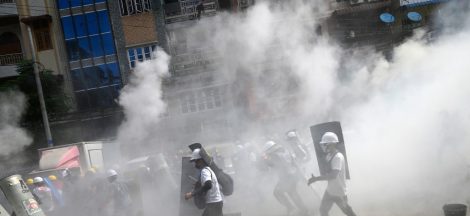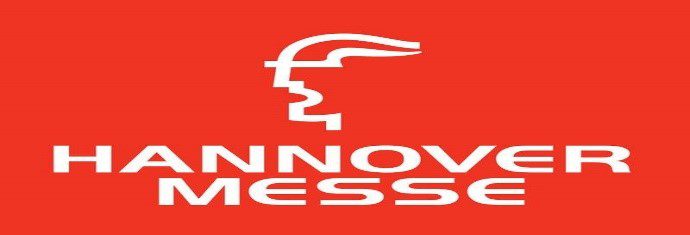SOEs find creative ways to finance infrastructure projects. State-owned companies in charge of infrastructure development are turning to creative financing to obtain funds for their projects as regular investors are reluctant to put their money in this long-term investment.

Several state-owned companies (SOEs) are still struggling to access long-term and large sources of funding. State-owned toll operator Jasa Marga is one of them.
Jasa Marga head of corporate finance Eka Setya Adrianto confirmed his company was still struggling to find private investors that were willing to finance its many toll road projects.
“They are not too keen to invest in these kinds of projects because of the long return on investment [ROI],” he told a media briefing recently.
Like many infrastructure projects, Eka said, investing in toll roads meant that investors must wait more than five years to receive the desired ROI as the company needed more time to acquire land, construct the road and receive income from the road.
Such circumstances, coupled with Indonesian investors’ preference to invest in short-term instruments and the lack of long-term investment instruments in the country’s financial market, also meant that companies like Jasa Marga struggle to find a reliable long-term financing source, he said.
SOEs Study Center chairman Tjipta Purwita added that the state budget could only finance 42.1 percent of the total Rp5 quadrillion (US$358 billion) of the planned national strategic projects from 2014 to 2019.
Moreover, Eka said in order to solve the financing problem, the state companies assigned to develop numerous infrastructure projects had to be creative in finding the right financing solution to fund their projects. One way to solve this problem, he said, was through creative financing.
The scheme enabled his company to find alternatives other than bond issuances and bank loans to fund many toll road projects in the past and upcoming years, he said.
Since 2017, Jasa Marga has issued four creative financing schemes to help finance its toll road projects, namely the Jagorawi toll road asset securitization, project bonds, global rupiah-denominated bond, also known as Komodo bonds, and limited participation mutual funds.
The company was also planning to issue more financing schemes to help finance the upcoming toll road projects, like the Gempol-Pandaan in East Java, by issuing DINFRA mutual funds, a collective investment contract dedicated to infrastructure, in the first quarter of this year.
“We’re also looking into securitizing our existing toll roads that were built before 2004,” he said, adding that a section of securitized toll road could help the company earn Rp 2 trillion to Rp 4 trillion depending on the section’s annual revenue.
Besides state companies that can find creative ways, lenders are also getting creative in finding new sources of long-term funds to finance the lucrative infrastructure projects in Indonesia.
State-owned lender Bank Mandiri, for example, was also trying to find a new way to provide the necessary funds to pay for the projects.
Bank Mandiri senior vice president of corporate banking Yusak Silalahi said Indonesian consumers typically store their money in banks for a short period of time. Thus, lenders like Bank Mandiri also faced hardships in providing the necessary long-term loan for their clients.
To handle this, he said, the company cooperates with other financial institutions and stakeholders to provide the necessary funds to finance the country’s infrastructure projects.
Yusak said besides cooperating with other lenders to give out syndicated loans, the country’s biggest lender by asset was also collaborating with other financial institutions to provide the necessary funds for their clients.
“For example, we teamed up with Mandiri Sekuritas and other financial institutions to issue other means of financing besides bank loans, like medium-term notes, limited participation mutual funds or real estate investment trusts,” he said.
Other than SOEs, the government through the National Development Planning Agency (Bappenas) also set up non-state budget investment financing (PINA) in 2017 that serves as a matchmaker between investors and investees in infrastructure projects–both national strategic projects and privately owned.
CEO Eko Putro Adijayanto meanwhile said the institution successfully helped finance 11 projects, including more than 700 kilometers of toll roads and 225 megawatts of power plants.
“We also helped raise more than $3.3 billion during our first year in operation, exceeding our initial target of $2.3 billion,” he said, adding that the funds were raised through many investment instruments like equity financing, perpetuity note issuances and private and mutual funds.
Eko added that by raising funds through investment instruments, the institution not only helped companies find a sustainable source of financing but also deepen the country’s financial market as it worked together with Bank Indonesia (BI) and the Financial Services Authority (OJK) to find new ways to finance projects other than the usual bank loans or bond issuances.
“This way, we can attract more investors to our country so that we can continue to build more infrastructures that this country needs,” he said. SOEs find creative ways to finance infrastructure projects (Riska Rahman, The Jakarta Post)






 iPhone Manufacturer Pegatron to start Soperating in Batam in April
iPhone Manufacturer Pegatron to start Soperating in Batam in April 